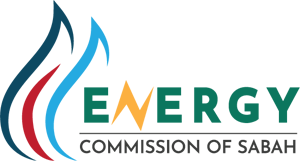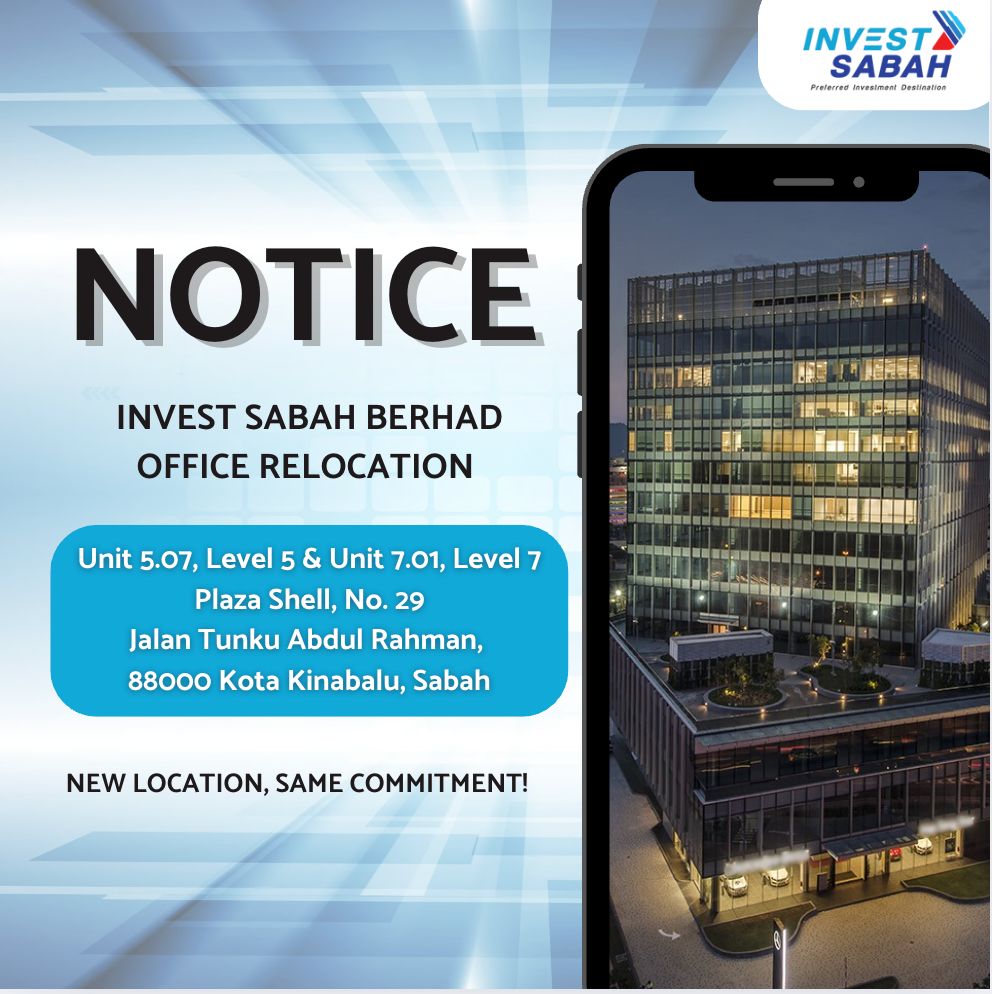Home » Investment Opportunities » Human Capital
Investment Opportunities: Human Capital
Investment in Human Capital
The advancement of Malaysia toward a knowledge-based and higher-value economy relies on the development of a highly skilled workforce.
Investing in
human capital not only contributes to economic growth but also enhances
personal well-being through various socio-economic advantages. The Eleventh
Plan emphasizes improving labour market efficiency, aligning Technical and
Vocational Education and Training (TVET) with industry needs, promoting lifelong
learning for continuous skill enhancement, and enhancing overall education
quality.
The ultimate goal is to ensure that every Malaysian has access to quality
education, whether through TVET or academic pathways, fostering knowledge,
skills, ethics, and morality necessary for global challenges. An efficient labor
market will facilitate a better match between workforce supply and demand,
benefiting all Malaysians and promoting national growth. Ongoing upskilling and
reskilling opportunities will enable individuals to stay relevant and contribute to
Malaysia’s emergence as an advanced and inclusive nation.
Our Statistics
Sabah, with a population of 3.6 million, is Malaysia’s second-largest state. It boasts the highest labor force participation rate in the country, indicating a robust economy.
Reasons to Invest:
3.6 MIL
2nd largest population in Malaysia
HIGHEST LABOUT FORCE
Highest labour force participation in Malaysia
Investment Opportunities
Universiti Malaysia Sabah (UMS)
Universiti Malaysia Sabah (UMS) stands as a cornerstone in the production of skilled graduates vital for the region’s and nation’s development. Through its rigorous academic programs spanning diverse disciplines, UMS molds students into critical thinkers, effective communicators, and socially responsible individuals. Beyond classroom education, UMS offers experiential learning opportunities and industry partnerships that equip graduates with practical skills and real-world experience. Moreover, UMS’s commitment to research and innovation not only enriches academic discourse but also addresses pressing societal challenges, contributing to human capital development. By nurturing a culture of lifelong learning and professional growth, UMS plays a pivotal role in shaping a highly skilled workforce essential for driving economic progress and fostering innovation in Sabah and beyond.
University College Sabah Foundation (UCSF)
University College Sabah Foundation (UCSF) is renowned for its quality education and commitment to academic excellence. Offering a variety of undergraduate and postgraduate programs, UCSF prepares students for success in fields such as business, hospitality, tourism, information technology, and education. With a focus on practical learning and industry relevance, UCSF ensures graduates are well-equipped for the global workforce. Emphasizing holistic development and community engagement, UCSF nurtures future leaders and innovators, contributing to the advancement of Sabah and beyond.
Kolej Teknologi Yayasan Sabah (KTYS)
Kolej Teknologi Yayasan Sabah (KTYS) is committed to delivering technical education and vocational training, offering diploma and certificate programs in engineering, construction, hospitality, and business. Through hands-on learning experiences and a curriculum tailored to industry needs, KTYS ensures students gain practical skills and knowledge crucial for thriving in their careers. By preparing graduates to meet workforce demands, KTYS plays a vital role in fostering socio-economic development in Sabah.
Ready to invest? Talk to our team today.
We provide assistance to facilitate your business.





